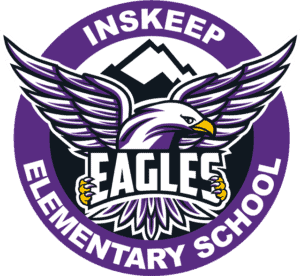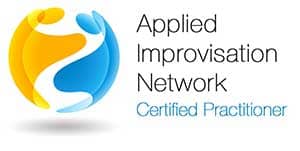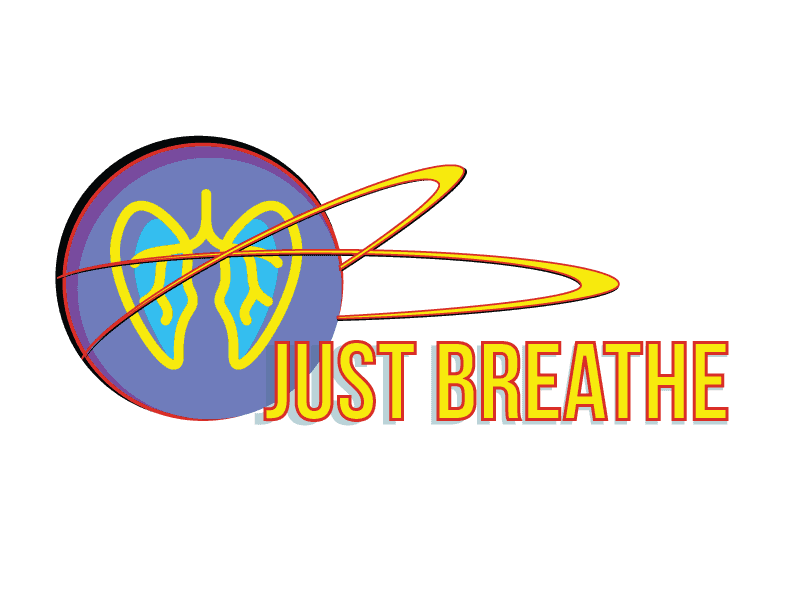
If you need support please use the form or email us at [email protected]. Activities are listed below.
Warmly,
Christiana Frank
Support Form
NOVEMBER 2022 PD
Yes and in a circle
Activities
Applied Improvisation in Education (AIEDU) supports building a Growth Mindset. AIEDU is a brain/body-based tool supporting authentic, holistic, and neuro learning. Educators are encouraged to customize to support student achievement.
Mirror
- Educator or student starts moving exceptionally slowly, and the rest of the students mirror the movement.
- Great time to verbalize content, vocabulary words, etc.
Yes, And Circle
- All students sit or stand in a circle.
- The educator comes up with a topic, question, equation, etc.
- The first student begins the answer, and when finished, the next student says “yes, and” and adds to the idea or answer.
Variation: educators may use the “yes, and” when discussing topics throughout the day, as well as transitions, etc.
Note: the Yes, And mindset allows participants to accept ideas and build. Over time, it changes the brain and how students learn through collaboration.
Reflective debrief.
Ball Toss
- All students are in a circle in a neutral position and their hands in a push-up position.
- All students are in a circle in a neutral position and their hands in a push-up position.
- Educator offers a topic to pass. This can be content review, math equations, story building, spelling, etc.
- Educator begins by pushing an imaginary ball to the first student with intentional eye contact, projection, diction, and strong body language
- The first student then answers the question, equation, adds onto story or answer, etc.
Variation: start low-stakes by passing colors, animals, and easy ideas while students get comfortable presenting. Then move on to content retention, math and science equations, vocabulary, etc.
Note: adjust group energy or retention needs by pacing and volume. e.g., fast/loud, fast/quiet, slow motion/quiet, etc. Reflective debrief.
Compliment Circle
- Educator or a student starts by saying something they like about themselves and then something they like about another person in the room.
- The student receiving the compliment says “Thank you,” then says something they like about themselves and something they like about another person.
- Continue
Variation: to warm up students, you may start with things they see, like shoes, clothes, etc.
Note: the goal is to move to a more interpersonal, SEL approach. Reflective debrief.
Slideshow a.k.a Picture Show
- One or more student(s) stand shoulder-to-shoulder, in neutral position, facing the audience.
- They’re given a topic to discover or review. (e.g., history of Nevada)
- One student steps forward to be the Host and introduces the first slide/ picture. (e.g., “In this first slide you will see tourists at the Hoover Dam, the Hoover Dam is made of concrete and….) then says “Click!”
- The other students (the Slide) take a few seconds to move into a static tableau of the scene which the Host has described.
- While the Slides are frozen, the Host describes in detail what is happening in the tableau, building in current knowledge of the topic and what each specific character is doing in the scene. Educator can freeze actions to ask questions.
- When the Host’s description in done, they again say “Click!”. Both the Slides and the Host return to neutral position, facing the audience.
- The next person in line now steps forward as the Host. This repeats until all students have been the Host.
Fairytale Stories
- One to three student(s) are called up to narrate the topic.
- One to twenty students are called to act out the narrated topic. These students can enter the play area from their classroom seats or stand on the side in neutral position, waiting their turn.
- Educator or student offers the content or topic.
- As the narrators introduce characters, objects, feelings, animals, seasons, etc., a student enters the playing area and acts out what the narrator describes.
- The actors are to act out what the narrator says and only speak if the narrator gives them dialogue or something to say.
- For example, the narrator says, “When the earthquake happened, the volcano shook and said I think I will erupt now.”
- The actor that is the volcano shakes and says, “I think I will erupt now.”
- Educator can stop the scene to add or take away content, ask questions and help students build on understanding.
Variation: human pop-up book; students in a circle, educator narrating and occasionally says “pop up.” All students pop up and freeze in a position that makes sense to the story. Educator then says, “fold in,” and students return to crisscross.
Note: Consider having actors refrain from looking at narrators when acting out roles to increase listening skills. Reflective debrief.
Bus Stop
- Place two to three chairs together to depict a bus stop bench.
- One student is waiting for a bus working on or reading a problem
- The second student enters and sits on the bus stop bench, and the two students work out a problem together through dialogue.







